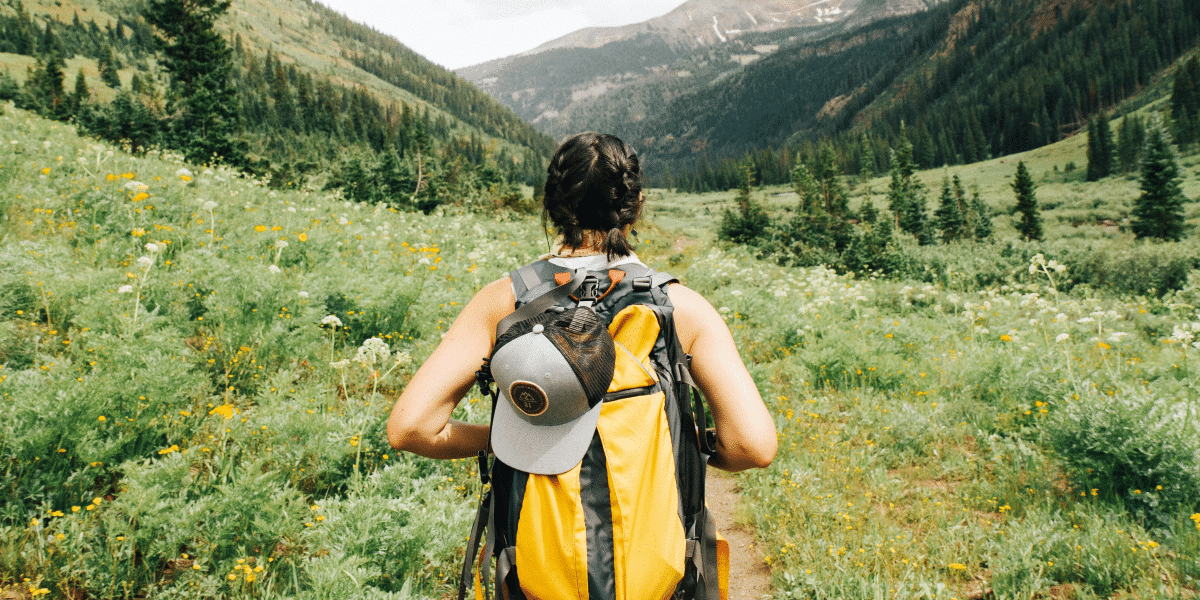Finding your way in the wilderness can be challenging, especially without modern navigation tools. Knowing how to use natural indicators and makeshift tools for navigation can significantly enhance your survival skills. This article will guide you through practical methods to navigate using nature and improvised tools. Let’s explore these essential survival techniques to help you find your way in any situation.
Why Is Natural Navigation Important?
Natural navigation is crucial for several reasons:
- Reliability: In situations where GPS devices fail or batteries die, natural navigation methods are always available.
- Self-Sufficiency: Knowing how to navigate without tools enhances your self-reliance and survival skills.
- Environmental Connection: Using natural indicators deepens your connection with the environment and helps you understand it better.
How Can You Use the Sun for Navigation?
The sun is one of the most reliable natural indicators for navigation. Here’s how you can use it:
- Determining East and West: The sun rises in the east and sets in the west. By observing the position of the sun at different times of the day, you can get a general sense of direction.
- Using a Shadow Stick: Place a stick vertically in the ground. Mark the tip of the shadow with a rock or another marker. Wait 15-30 minutes and mark the tip of the shadow again. The first mark is west, and the second mark is east. Draw a line between the two points to find an east-west line, with north and south perpendicular to it.
What Are Some Other Natural Indicators for Navigation?
Nature provides various indicators to help you find your way. Here are some useful ones:
- Stars: At night, the North Star (Polaris) can guide you. It is located in the northern sky and remains relatively fixed, making it a reliable reference point for northern direction.
- Moss Growth: Moss tends to grow on the north side of trees in the Northern Hemisphere. While not foolproof, it can be a helpful clue when combined with other indicators.
- Tree Growth: In open areas, tree branches usually grow more extensively on the southern side due to more sunlight. This can give you a general sense of direction.
- Animal Behavior: Animal tracks often lead to water sources, which can help you navigate in the wilderness.
How Can You Make Improvised Navigation Tools?
In the absence of traditional tools, you can create makeshift navigation aids:
- Improvised Compass: You can make a simple compass using a needle, a leaf, and some water. Magnetize the needle by rubbing it on silk or your hair. Float the needle on a leaf in a still body of water. The needle will align itself north-south.
- Using a Watch: An analog watch can be used as a compass. Point the hour hand at the sun. The midpoint between the hour hand and 12 o’clock mark will indicate south in the Northern Hemisphere and north in the Southern Hemisphere.
What Are Practical Tips for Navigation in Different Environments?
Different environments pose unique challenges for navigation. Here are some tips:
- Forests: In dense forests, it’s easy to lose your bearings. Mark your trail with broken branches, stones, or other noticeable markers to create a path you can follow back.
- Deserts: In deserts, landmarks are scarce. Use prominent features like dunes, rock formations, and the position of the sun to maintain your direction.
- Mountains: When navigating in mountainous areas, ridges and valleys can guide your way. Water flows downhill, so following streams can lead to larger water sources and potentially to civilization.
How Can You Stay Oriented Over Long Distances?
Maintaining your direction over long distances requires attention and consistency:
- Regular Checks: Frequently check your direction using natural indicators to ensure you stay on course.
- Landmark Navigation: Use distant landmarks to guide your way. As you reach one landmark, identify the next one to keep moving in the right direction.
- Backtracking: If you feel lost, backtrack to the last point where you were certain of your direction and reassess from there.
Why Is Preparation Key for Natural Navigation?
Preparation enhances your ability to navigate naturally:
- Study the Area: Familiarize yourself with the area you’ll be navigating. Knowing key features like rivers, mountains, and trails can help you stay oriented.
- Carry Basic Tools: Even if you plan to rely on natural indicators, carrying a map, compass, and emergency supplies is wise. These tools can serve as backups if needed.
- Practice Skills: Regularly practice natural navigation techniques in familiar settings to build confidence and proficiency.
What Are the Psychological Benefits of Natural Navigation?
Using natural indicators and makeshift tools for navigation has psychological benefits:
- Increased Confidence: Knowing you can navigate without modern tools boosts your confidence in your survival skills.
- Mental Clarity: Focusing on natural navigation techniques can improve your mental clarity and reduce panic in emergency situations.
- Enhanced Awareness: Relying on nature for navigation heightens your awareness of your surroundings, making you more attuned to the environment.
Natural indicators and makeshift tools for navigation are essential survival skills. By understanding how to use the sun, stars, and other natural features, you can navigate effectively in any situation. Improvised tools like a shadow stick or a simple compass can further enhance your ability to find your way. Remember to stay prepared, practice regularly, and maintain awareness of your environment. These techniques not only ensure you stay on course but also deepen your connection with nature, making your outdoor adventures safer and more enjoyable.








